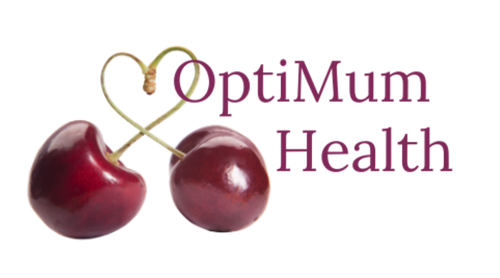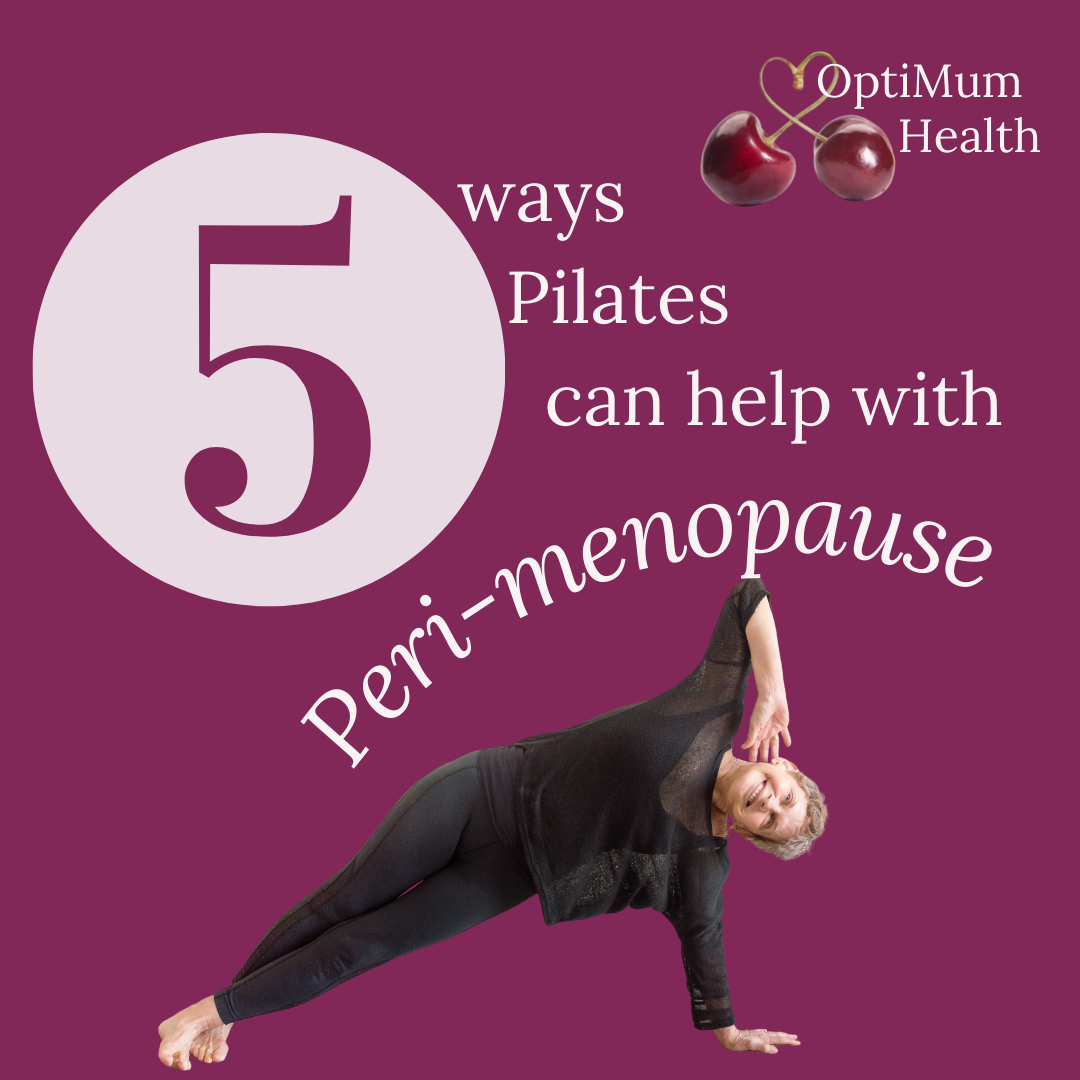What has the weather got to do with recovery from
childbirth?
With the weather dominating the headlines, you’d be
forgiven for missing some of the other things that have
happened in the world this week.
There has, in actual fact been a flood of news in terms
of female health issues. Our Chief Medical Officer,
Prof. Dame Sally Davies has released her report which
focuses on female health.
The news picked up on the effect and impact of obesity
in females – with over half of women aged between 25
and 34 being obese, it’s worth highlighting!
It was other aspects of the report that I was thrilled
to see. Recognition of the support required for what
Dame Sally describes as “below the waist” issues –
looking at incontinence, prolapse, menopause and
ovarian cancer in particular.
Another newspaper report, which I shared and
highlighted on my female health page, OptiMum Health,
reached over 6,000 people – just for finally reporting
more widely that a female’s recovery from pregnancy and
childbirth takes ONE YEAR.
This is not a surprise to myself, or my female clients.
Sharing this fact – and that it can actually take
longer than this – is something I make my female
clients aware of from the very start of our working
relationship.
The 6 week post-natal check
Unfortunately though, the “6 week post-natal check” has
become synonymous with a belief that this is how long
your recovery from childbirth should take. This is compounded by
the fact that your GP will often state that you are “ok
to return to exercise” at this stage – without any forethought or question of:
– the exercise you did before and during pregnancy,
– the type of delivery you had,
– a physical examination of recovery,
– understanding your energy levels and how you’re
approaching the recovery process,
let alone the type of exercise you plan to start back
with.
Sadly, post-natal support and care has dwindled
significantly since I had my first son 9 years ago.
Today, many of the new Mums I see – including those who
delivered by C-section – didn’t receive basic self-care
support, such as how to lie down and get back out of
bed without increasing pressure on a recovering abdomen
and pelvic floor.
Then there’s the pressure – real &/or imagined – that
you should be joyous and bright after having a baby,
running the household with military precision, tending
your family’s every needs whilst looking radiant and
slinking back into those skinny jeans.
The reality is that some days, your major achievement
is just having a shower and getting dressed! Plus, for
info, squeezing into those skinny jeans can actually
hamper your recovery.
Abdominal separation or diastasis recti
We now understand that all women will experience some
degree of diastasis recti (abdominal separation) during
the latter stages of pregnancy. In most cases, time
and rest will heal these separations – but how many new
Mums get those two key recovery ingredients after
having a baby?
Interestingly, in the Far East, where they still
provide 100 days of confinement for new Mums (where all
they are required to do is rest and feed their baby),
there are virtually no reports of residual diastasis
recti at 3 months post-partum.
Here, Mums are back in full swing, often within 24
hours of delivery. They may be back at work within 6
weeks. Oh yes, and then they’re being told to “return
to exercise” too.
Some may feel great at that stage and ready to face the
world. It’s easy to assume your recovery from childbirth is complete.
My personal experience with clients has shown
that pelvic floor issues can manifest 6-10 years after
childbirth.
Another study* I shared this week, highlighted why
this can occur through MRI analyses on 68 women. It
showed that even by 8 months after childbirth, tears in
their pelvic floor had not healed.
Movement can be a great healer, in the right conditions,
administered in the right way and at the right time for
You.
Bounding back to Insanity workouts, going for a
jog or doing any form of traditional abdominal exercise
(don’t get me started on crunches and planks for
post-natal clients!) is absolute heresy in my eyes.
What should You do?
So my heartfelt pleas to new Mums is to listen to your
own instincts and ignore the pressures of social media
and what you think other Mums are doing.
Ask for help wherever you can and acknowledge the
amazing feat your body has already achieved in
delivering your baby. Reward your body with the
self-care it so urgently needs.
Lisa is a personal trainer specialising in female
health issues, including supporting clients’ recovery from childbirth.
She offers Post-Natal Restoration &
Recovery Courses, Pilates, small group training and
private coaching at Custom Fitness, LN3 4PH.
Click here for further information about her next Post-Natal courses.
Not sure what’s best for You? Get in touch with Lisa here.
*Evaluating maternal recovery from labor and delivery: bone and levator ani injuries.
Miller JM1, Low LK2, Zielinski R3, Smith AR4, DeLancey JO5, Brandon C6.




